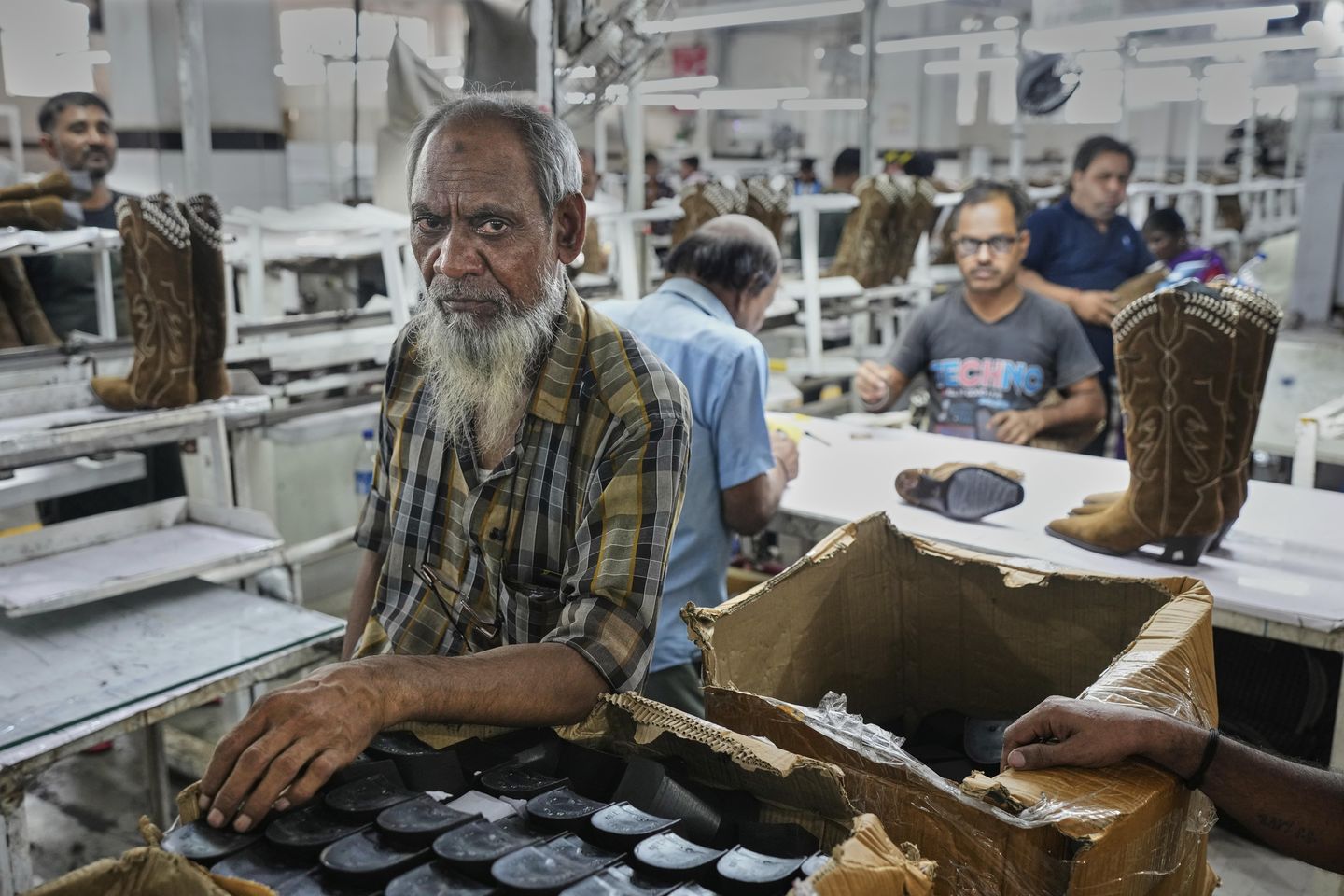
President Trump’s additional tariffs on India took effect Wednesday, bringing the total levy on imports from the Indo-Pacific strategic partner to a whopping 50%.
India seemed poised for a trade deal with the U.S. earlier this year, but one never materialized.
Instead, Mr. Trump imposed a 25% tariff on goods it sends to the U.S. and slapped an additional 25% levy on India as punishment for purchasing Russian oil during Moscow’s invasion of Ukraine.
The high tariffs are a major source of worry for India, a fast-growing nation that counts the U.S. as its biggest export market.
While some goods, including pharmaceuticals, were exempt from Mr. Trump’s tariffs, the levies are likely to hit textiles, jewelry and agriculture industries hard.
Mr. Trump is deploying an aggressive trade policy in his second term. He says tariffs, a duty on goods brought into the U.S., are a good way to raise revenue and gain leverage in foreign negotiations.
He also says more companies will make products in the U.S. instead of relying on foreign-made products.
The White House recently finalized tariffs from 15% to 41% on dozens of countries, raising levies to their highest levels in more than a century.
Mr. Trump solidified the 10% blanket tariff on all imports and is implementing the 15% rate he negotiated with the European Union, Japan and South Korea.
Yet the levies on India are a shock to the Asian nation.
Mr. Trump and Indian Prime Minister Narendra Modi have enjoyed a warm relationship through the years, as India serves as a counterweight to Chinese aggression in the region.
Vice President J.D. Vance set a framework for a trade deal with Mr. Modi earlier this year.
Yet Mr. Trump said India put up too many trade restrictions on U.S. goods, and he got fed up with India’s purchase of Russian oil, saying it propped up Moscow even as the White House tries to negotiate an end to the war in Ukraine.
The U.S. imported $87.3 billion in goods from India in 2024, up 4.5% ($3.8 billion) from 2023, according to the Office of the U.S. Trade Representative.
The U.S. bought far more from India than it sold to the country in 2024, resulting in a trade deficit of $45.8 billion.
Treasury Secretary Scott Bessent said Mr. Trump and Mr. Modi have a “very good” relationship at the top level, but the conflict is “not just over the Russian oil.”
Despite early negotiations on trade, “we still don’t have a deal,” Mr. Bessent said on Fox Business’ “Mornings with Maria.”
“I thought that we would have a deal in May, June. I thought India could be one of the earlier deals, and they kind of tapped us along in terms of the negotiations,” he said. “Then there’s the issue of Russian crude purchases, which they’ve been profiteering on.”
Mr. Modi says he won’t give in to pressure and has condemned the “politics of economic selfishness.” He also vowed to protect domestic industries.
“For me, the interests of farmers, small businesses and dairy are topmost,” he said during a recent speech in Gujarat. “My government will ensure they aren’t impacted.”
Mallikarjun Kharge, president of the Indian National Congress, accused Mr. Modi of failing to protect the country from Mr. Trump.
“Indian National interest is supreme. A robust Foreign Policy needs substance and deft, but your superficial Foreign Policy engagements – smiles, hugs and selfies have hurt our interests,” Mr. Kharge posted on X. “You failed in securing a Trade Deal. Now you are failing to protect our country.”
Mr. Bessent, meanwhile, said everything will work out.
“India is the world’s largest democracy, the U.S. is the world’s largest economy,” he said. “I think at the end of the day, we will come together.”














